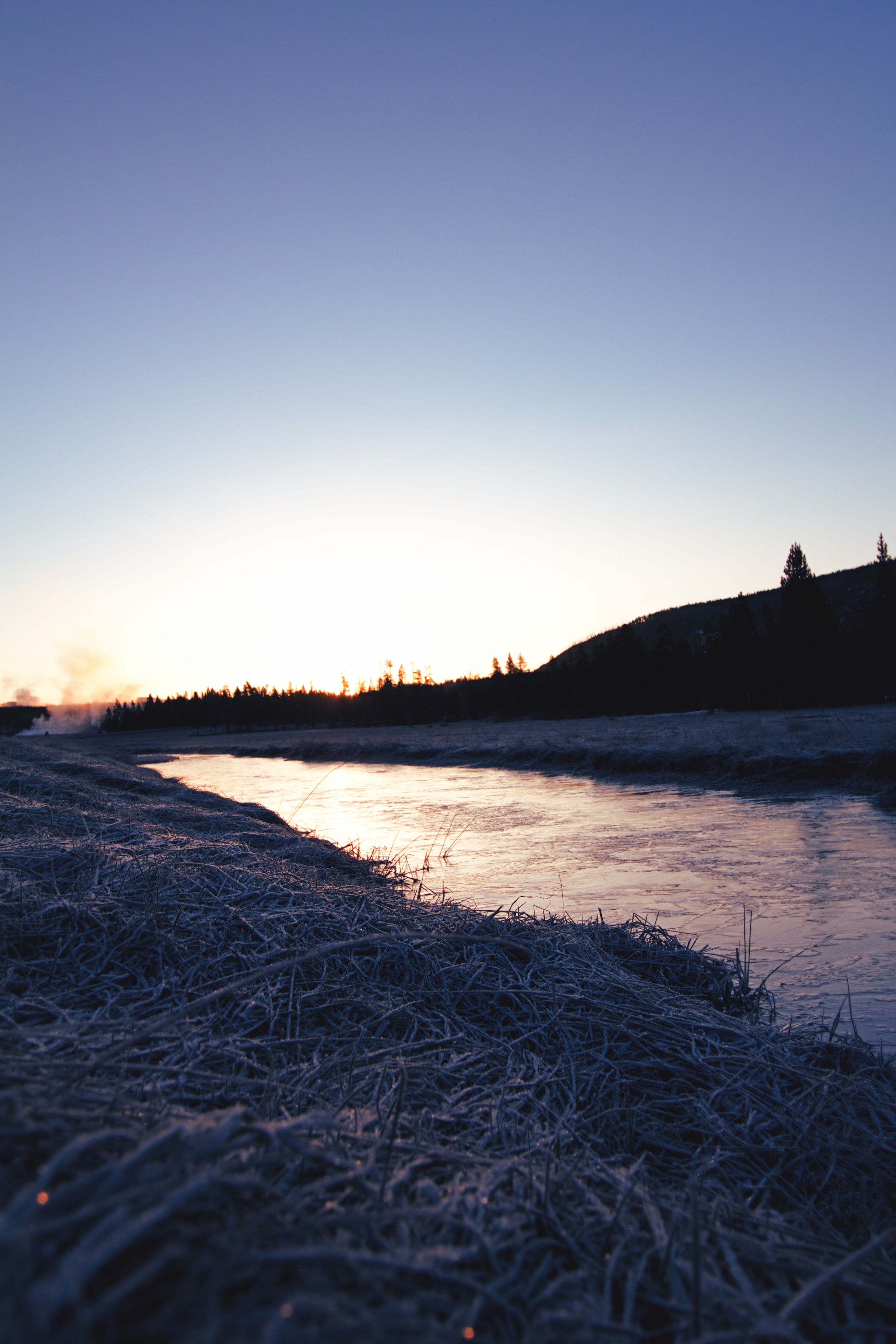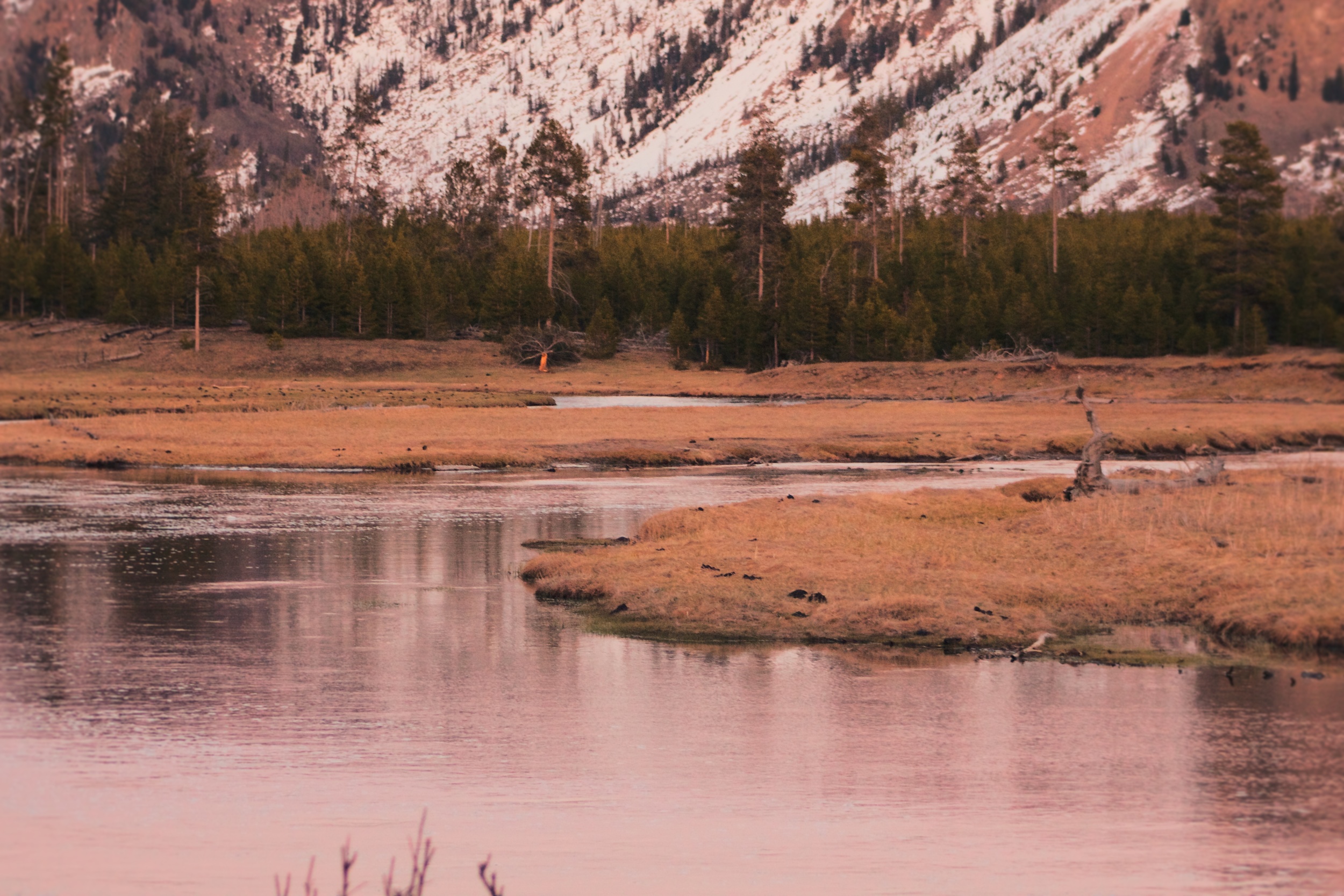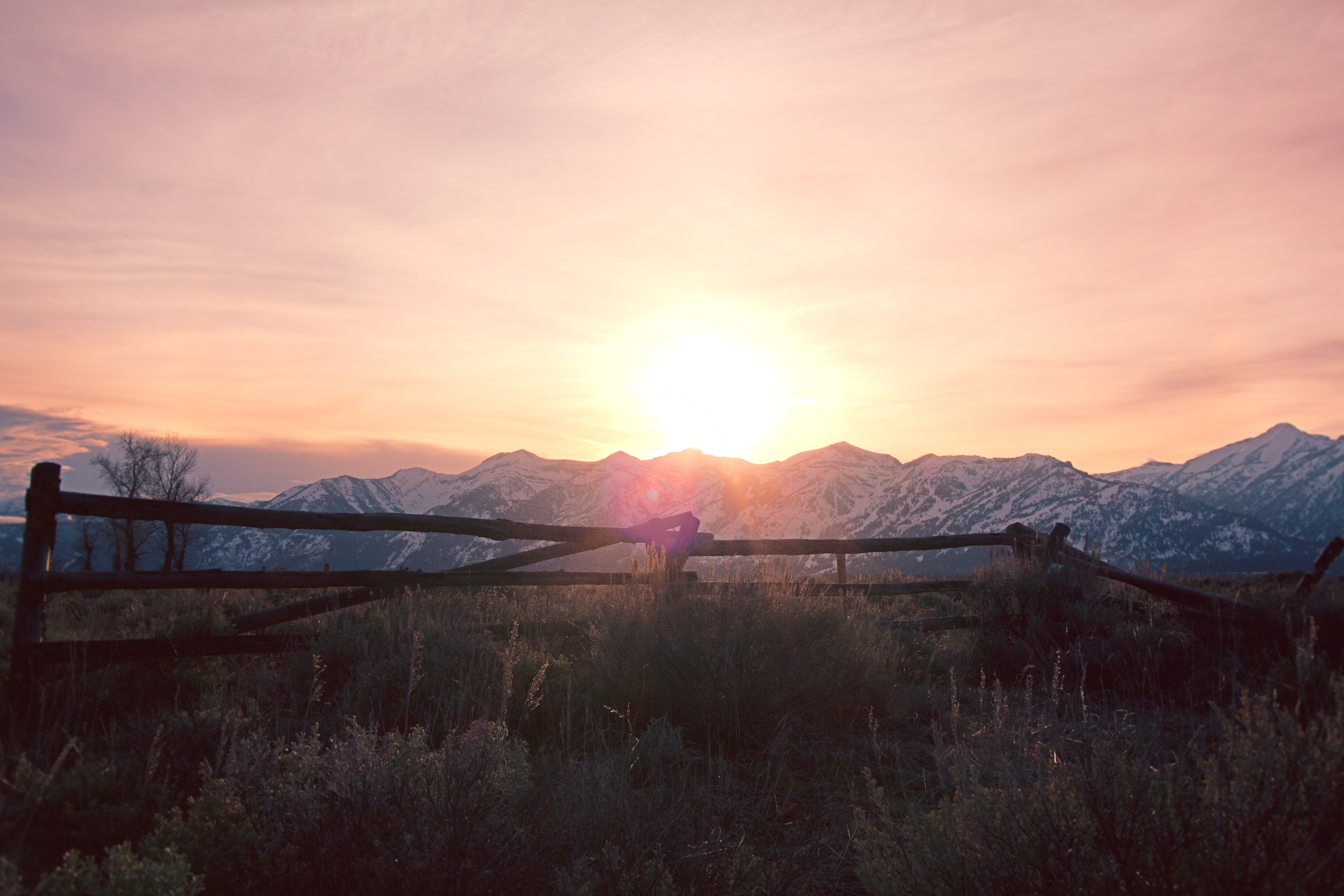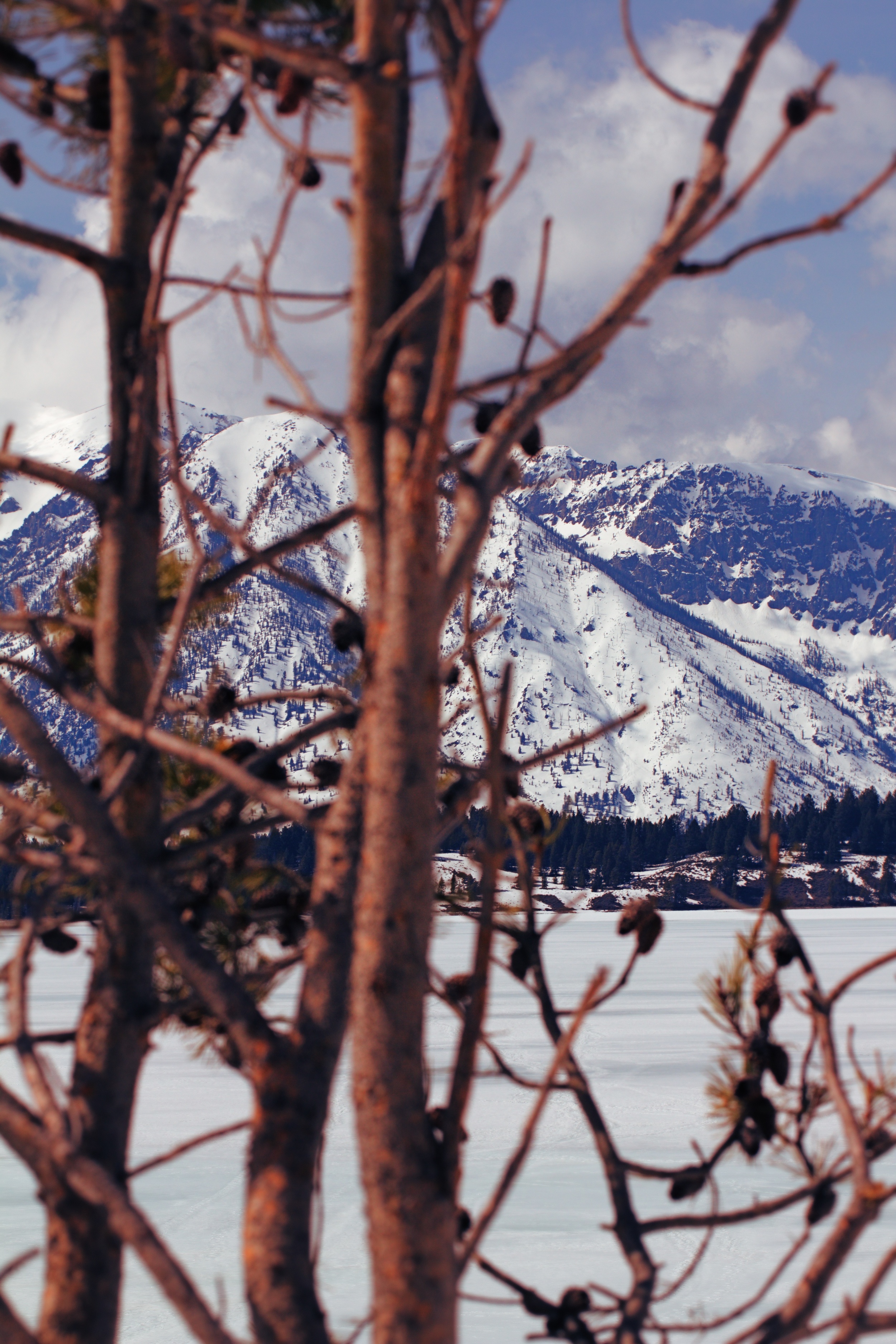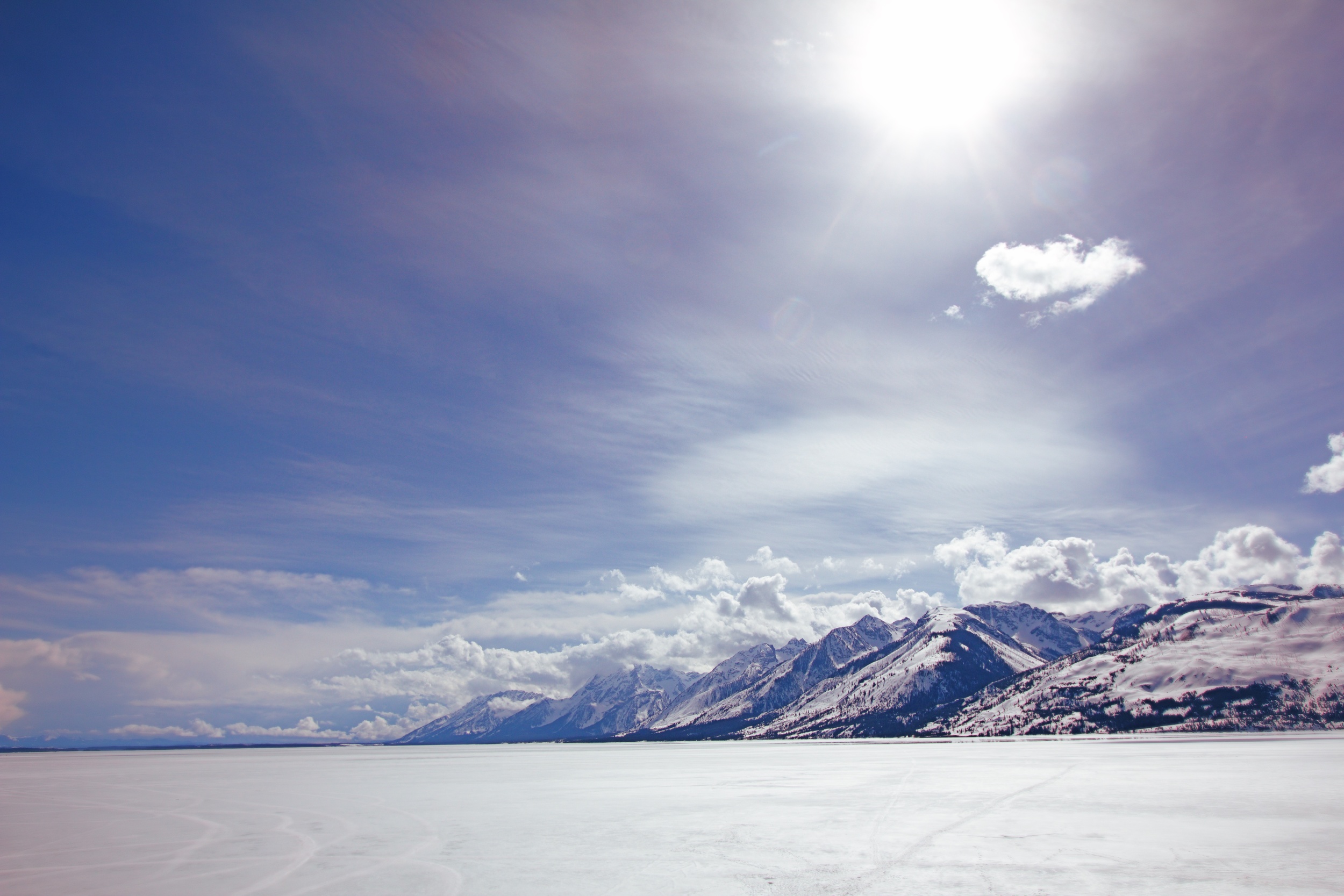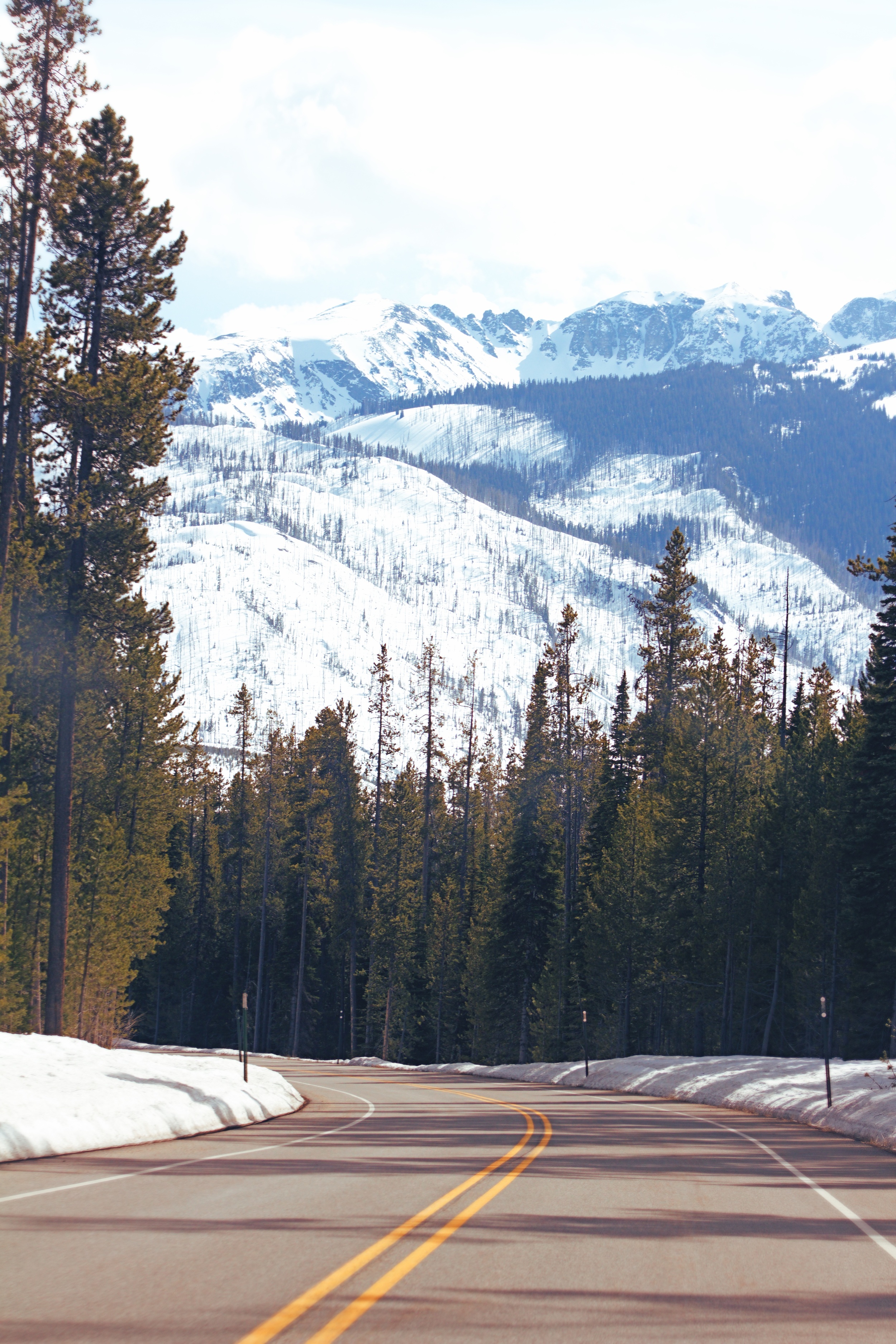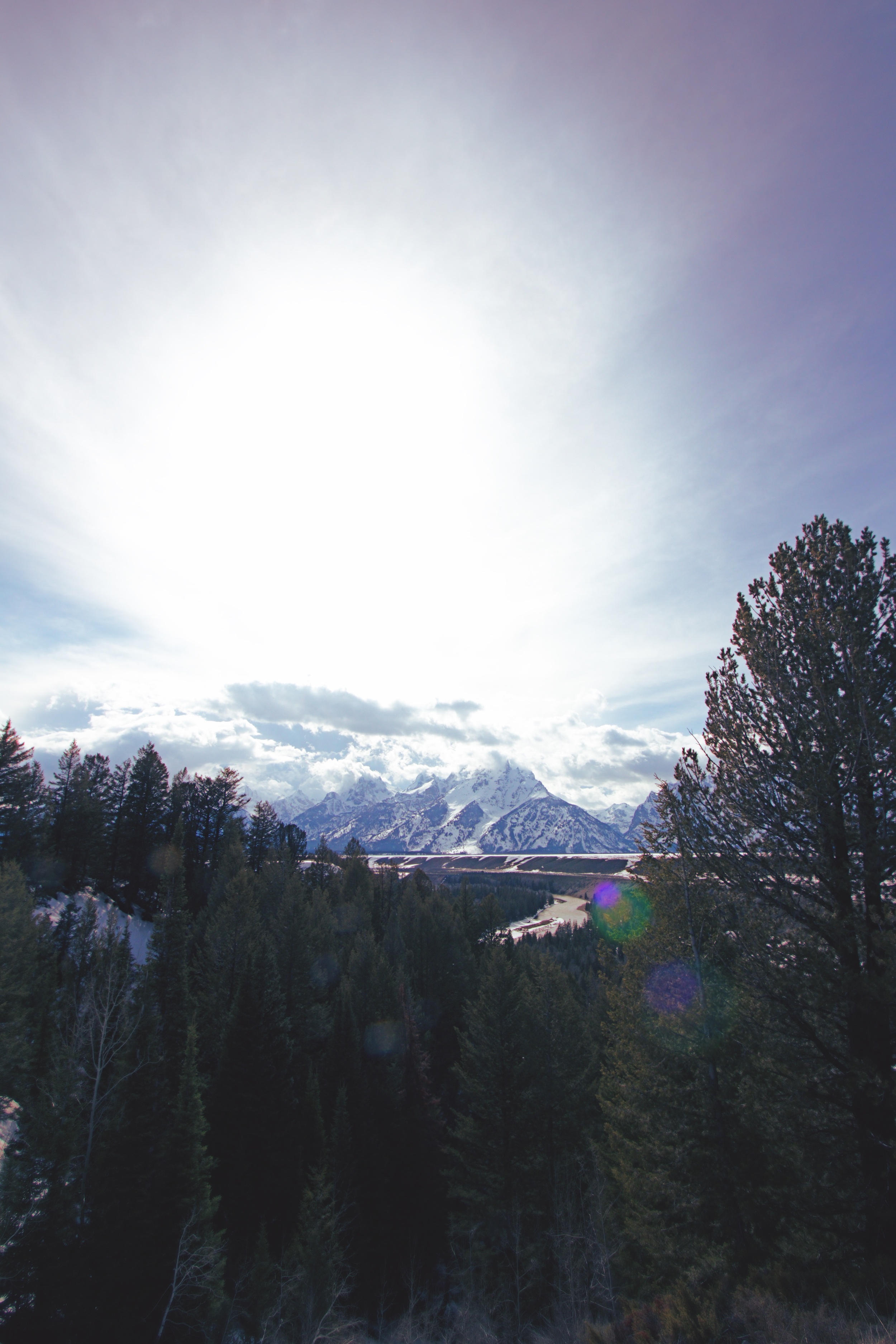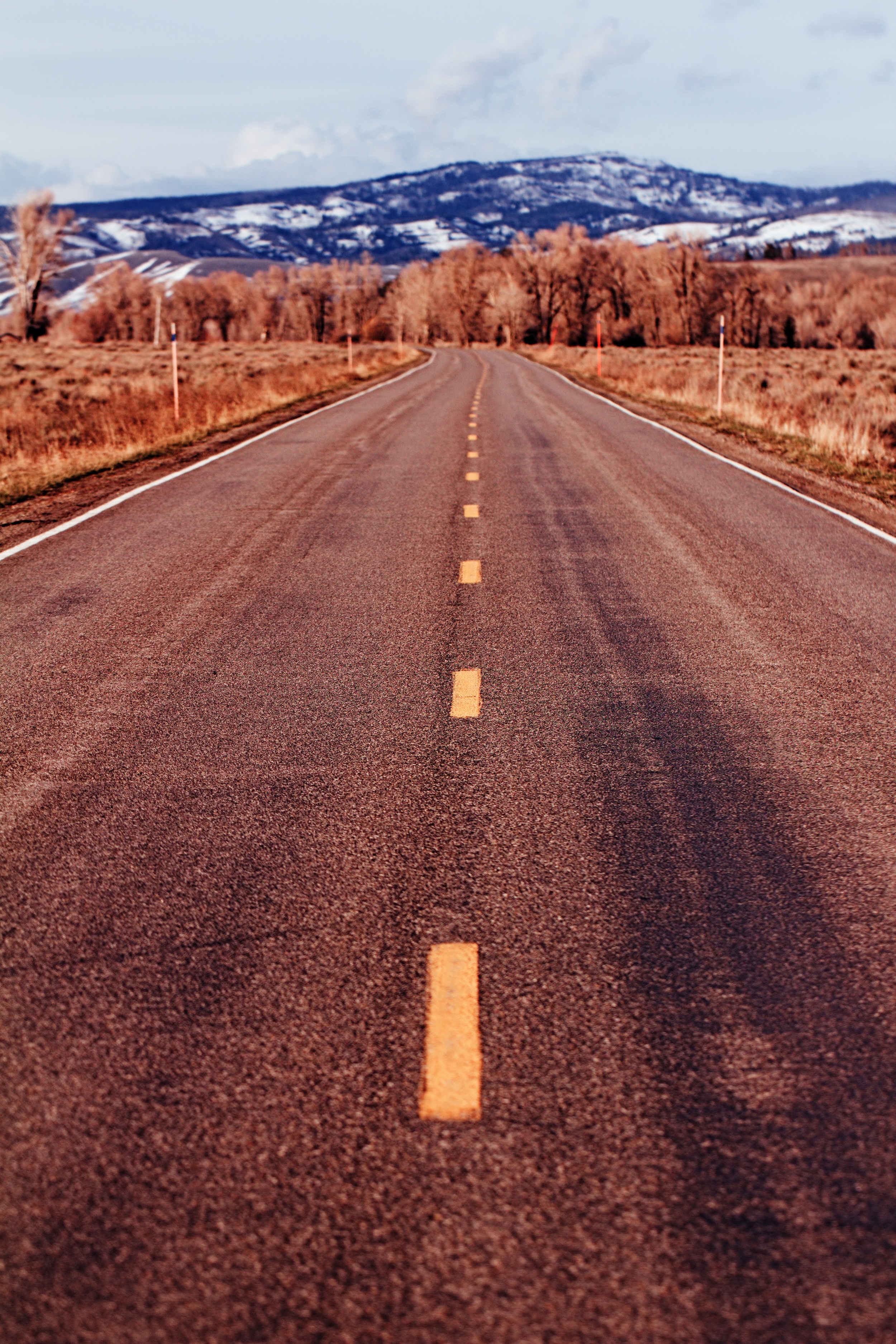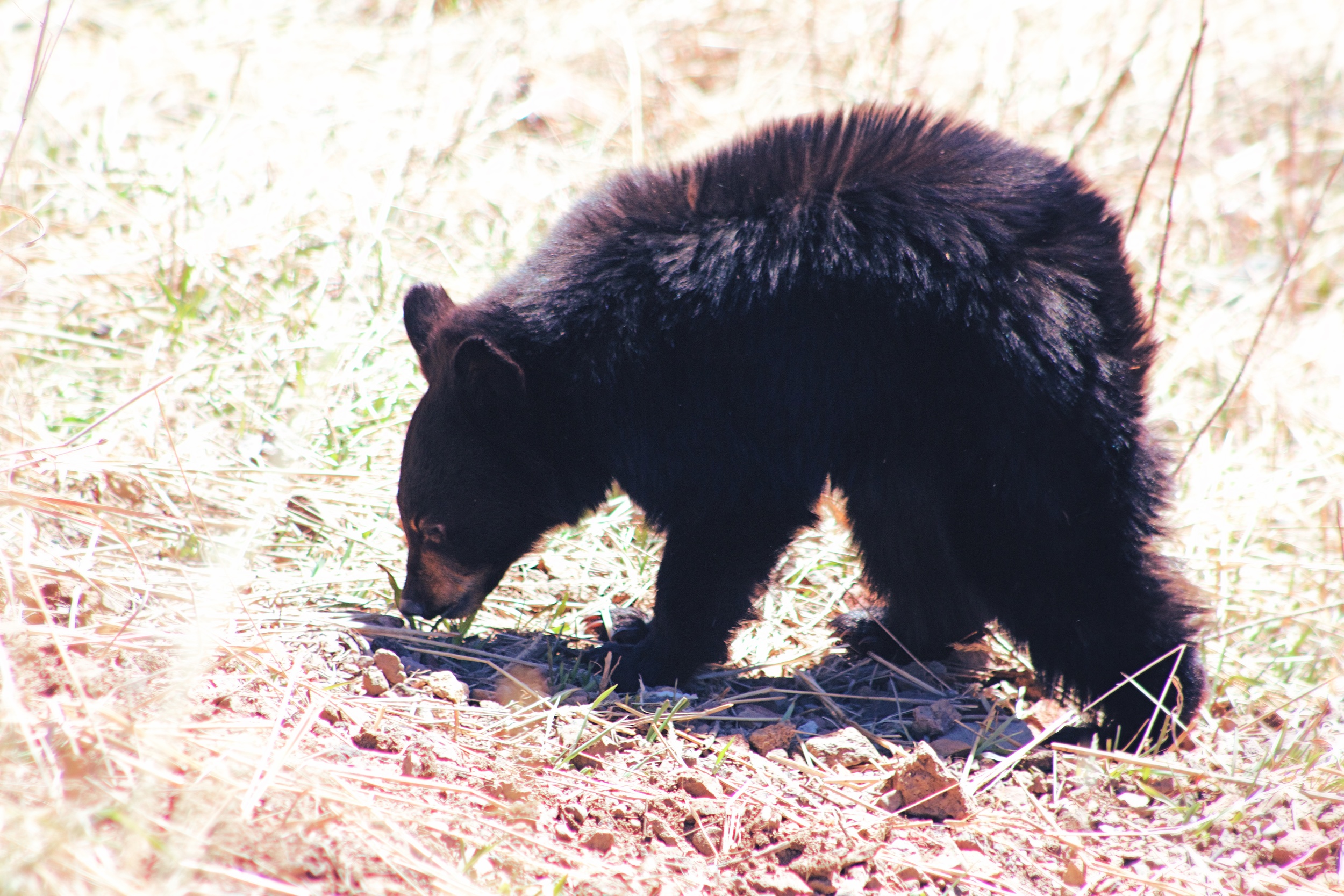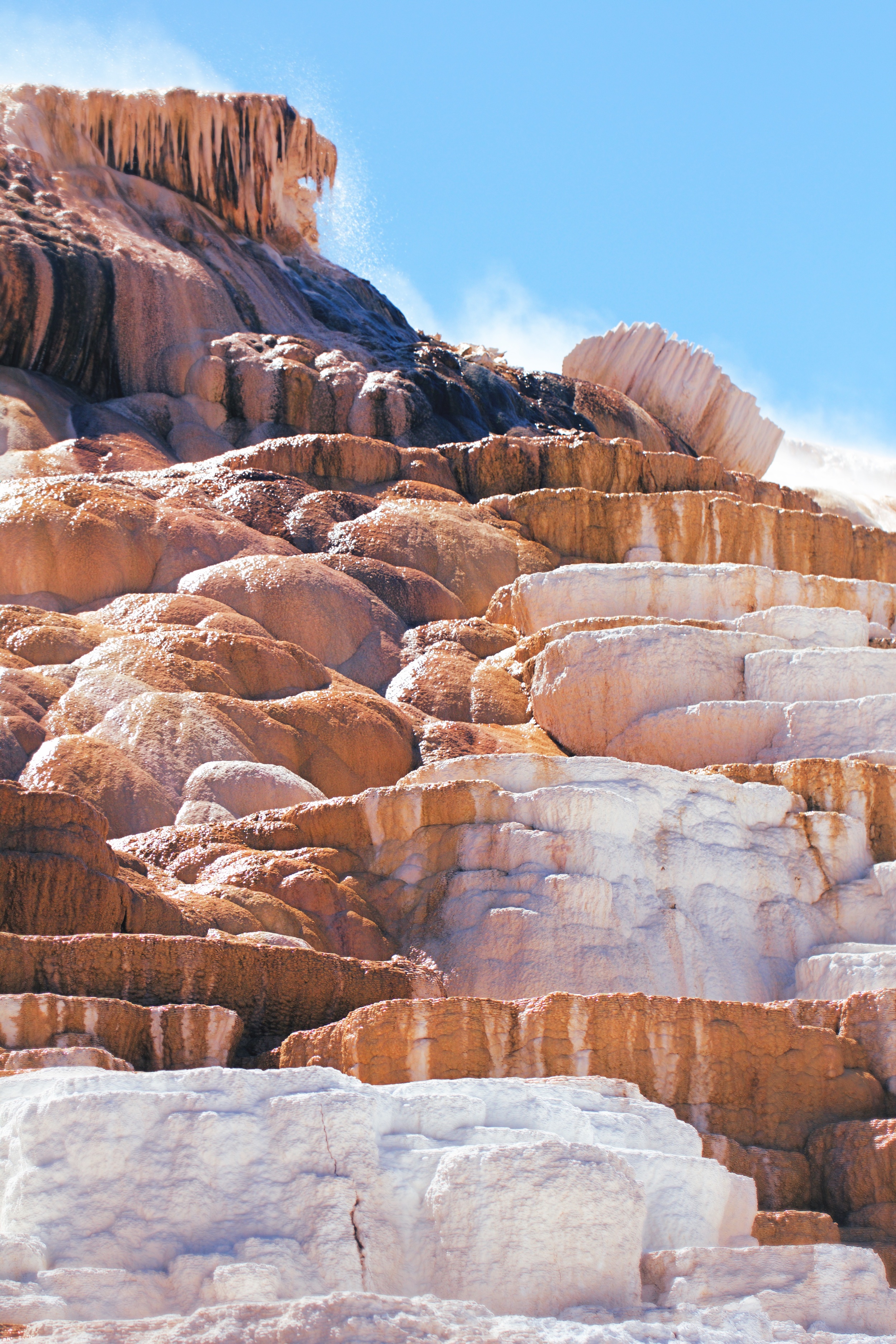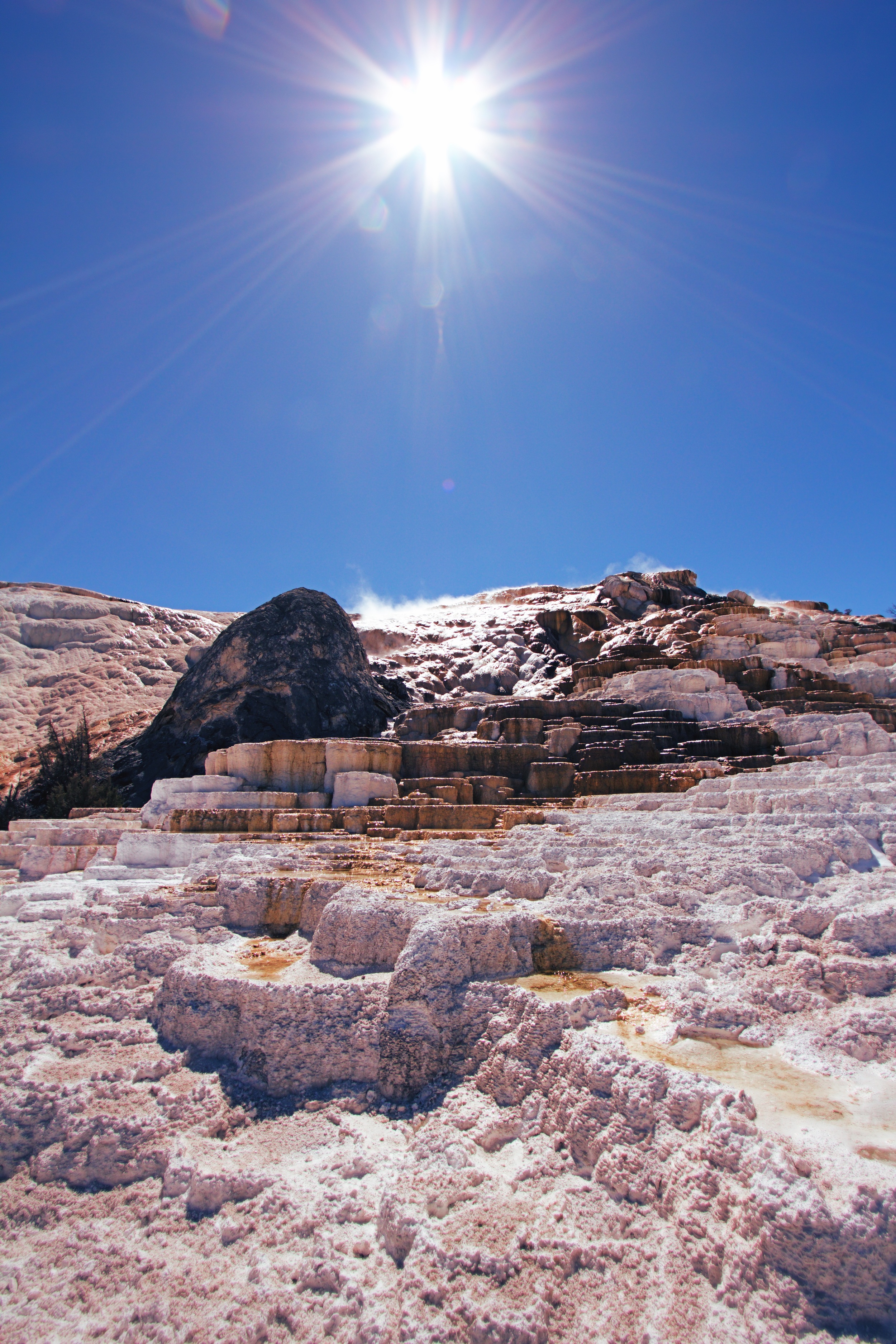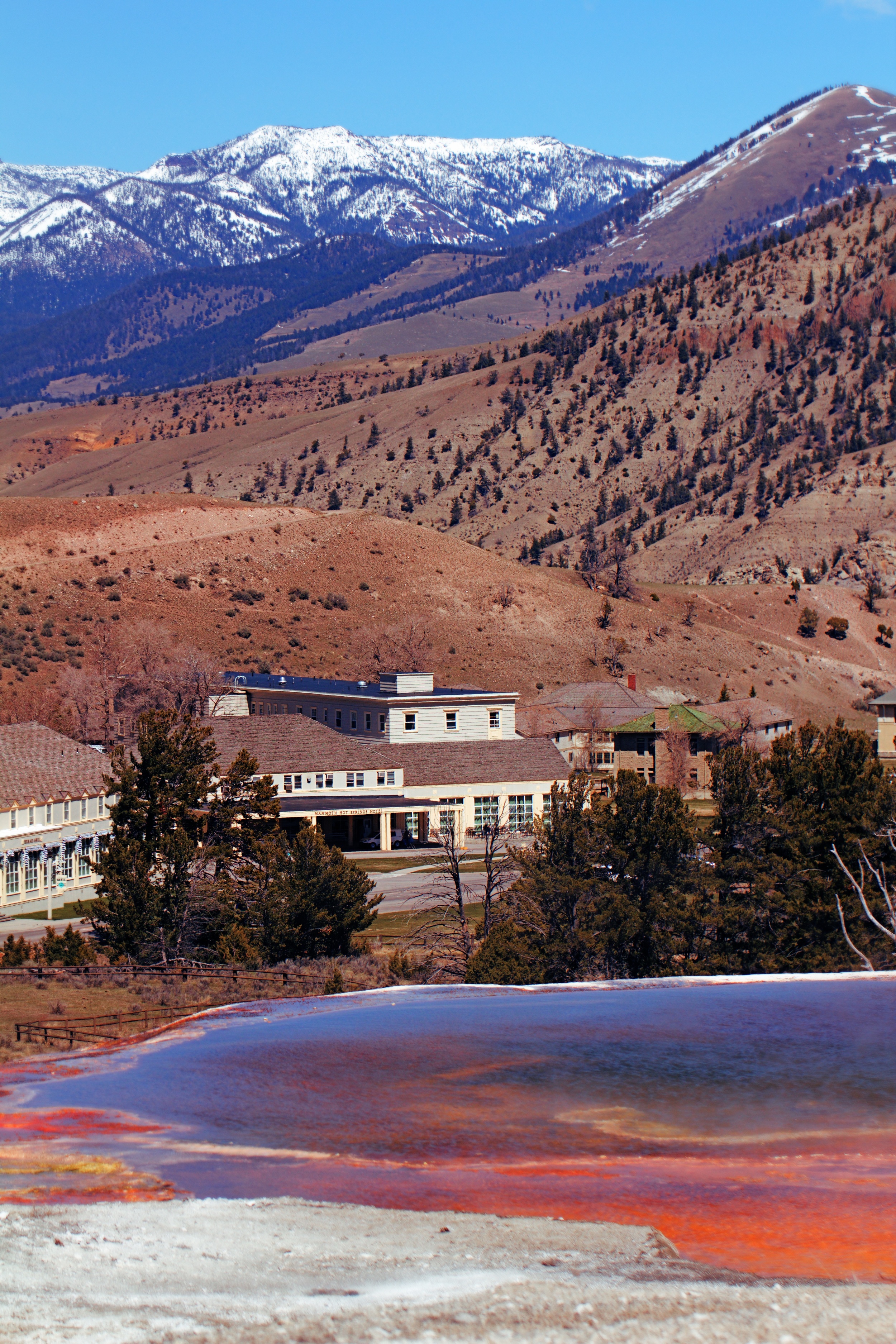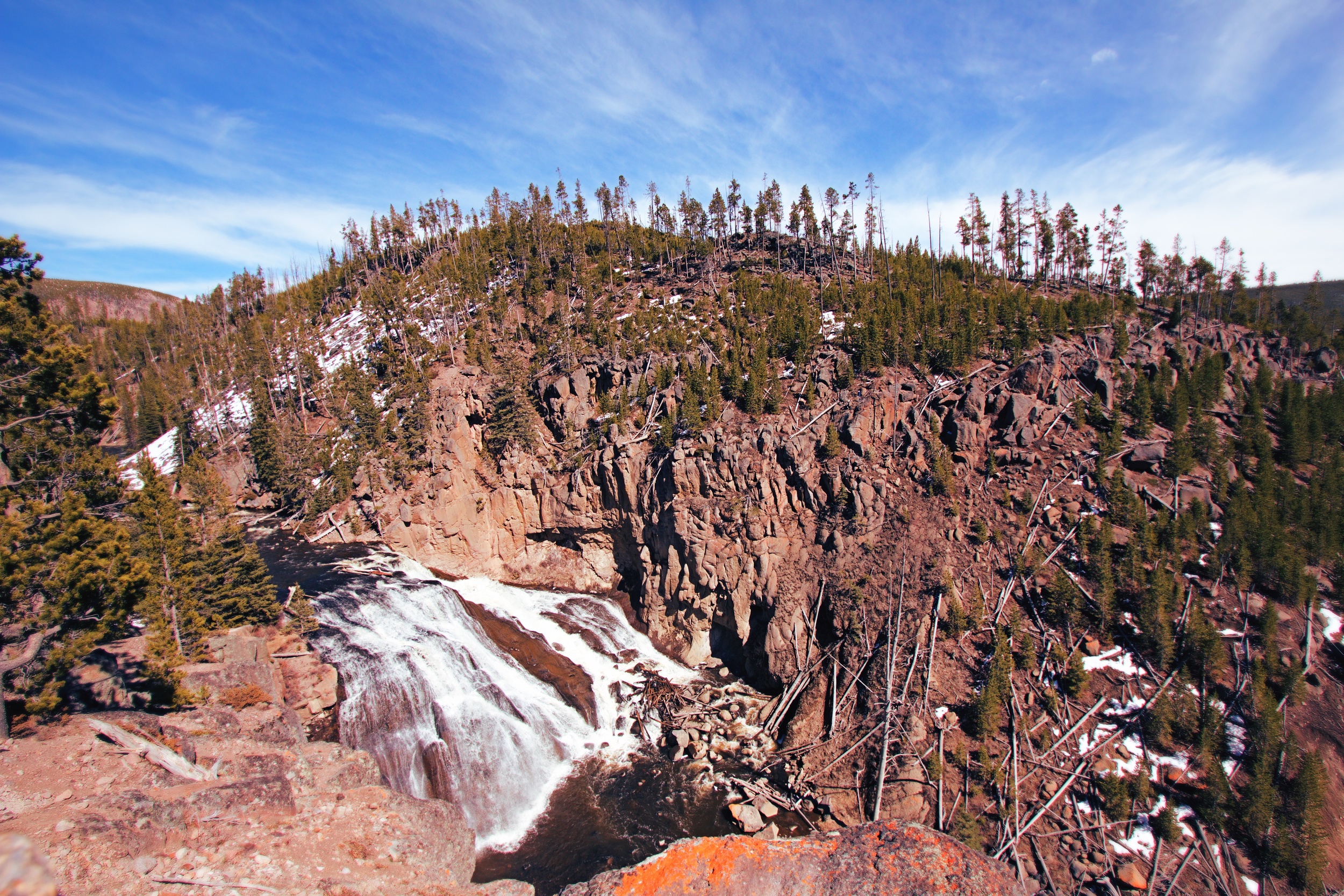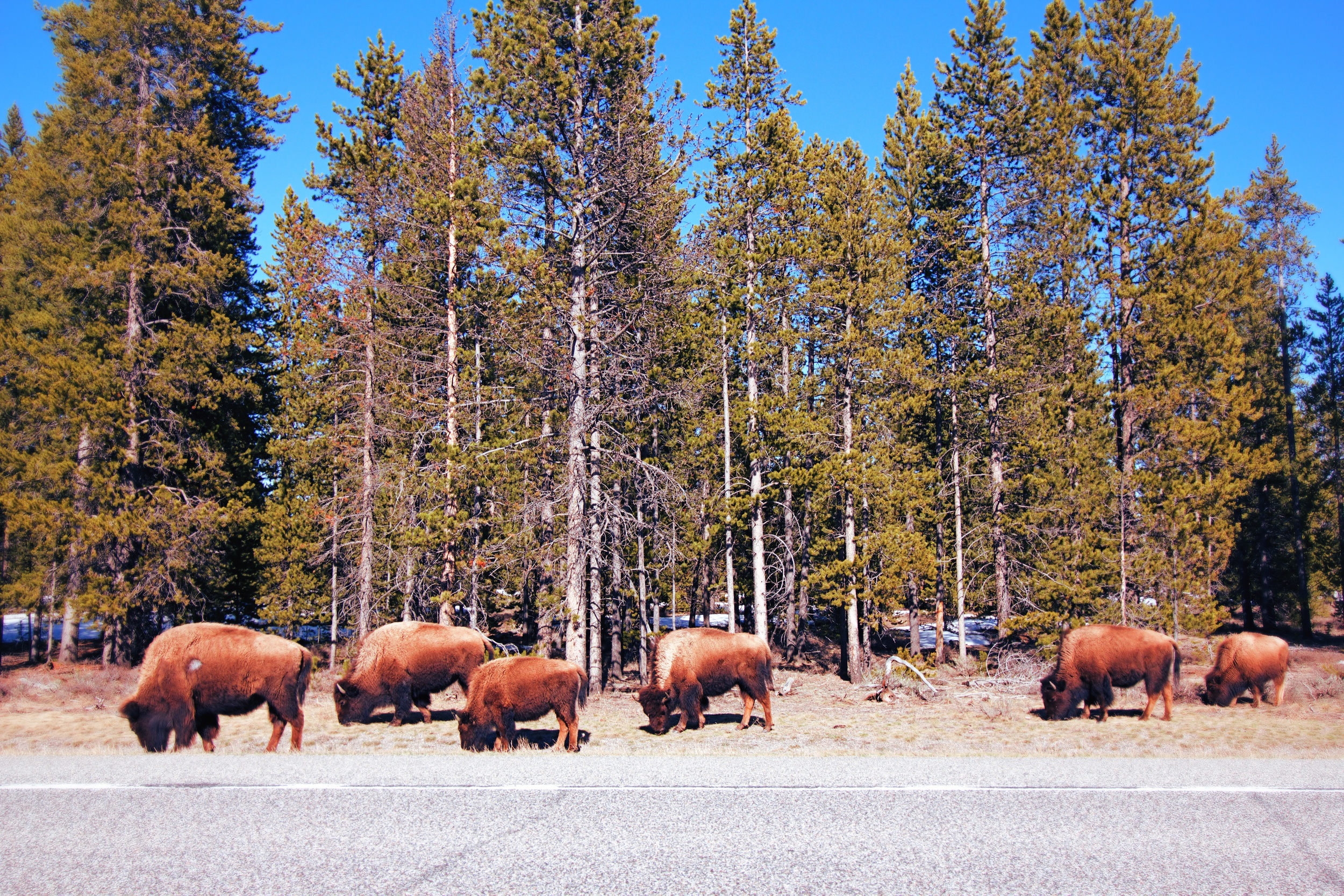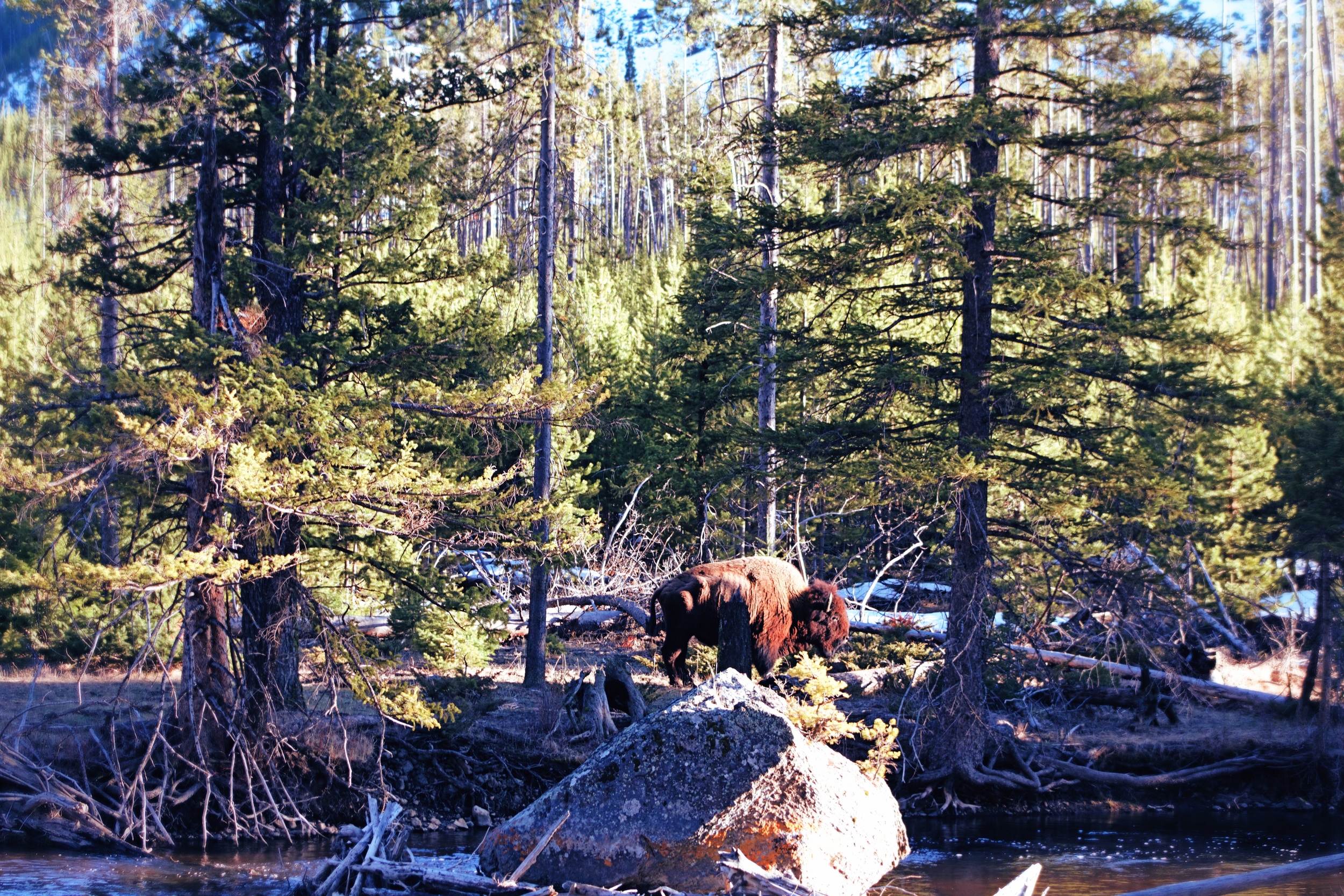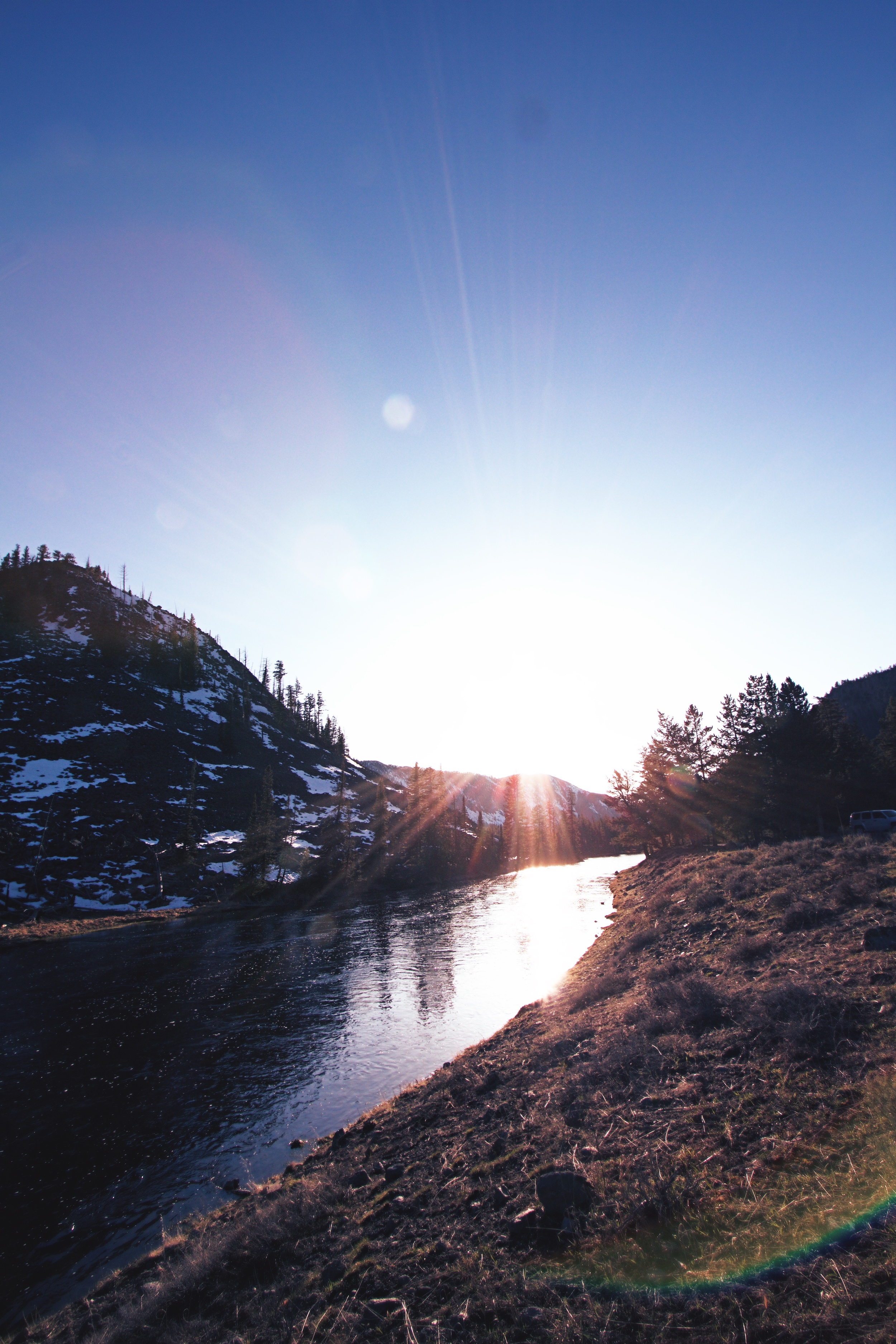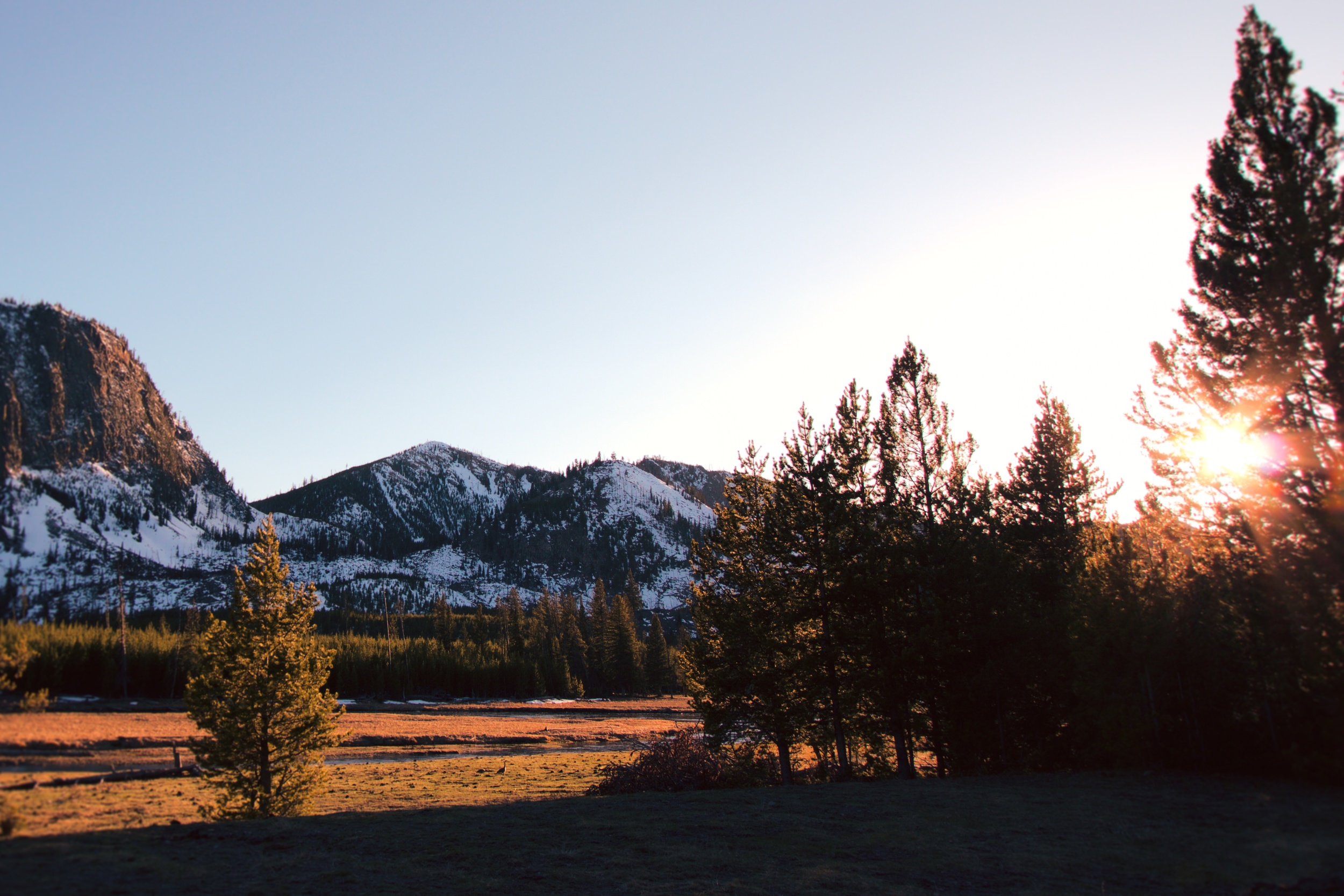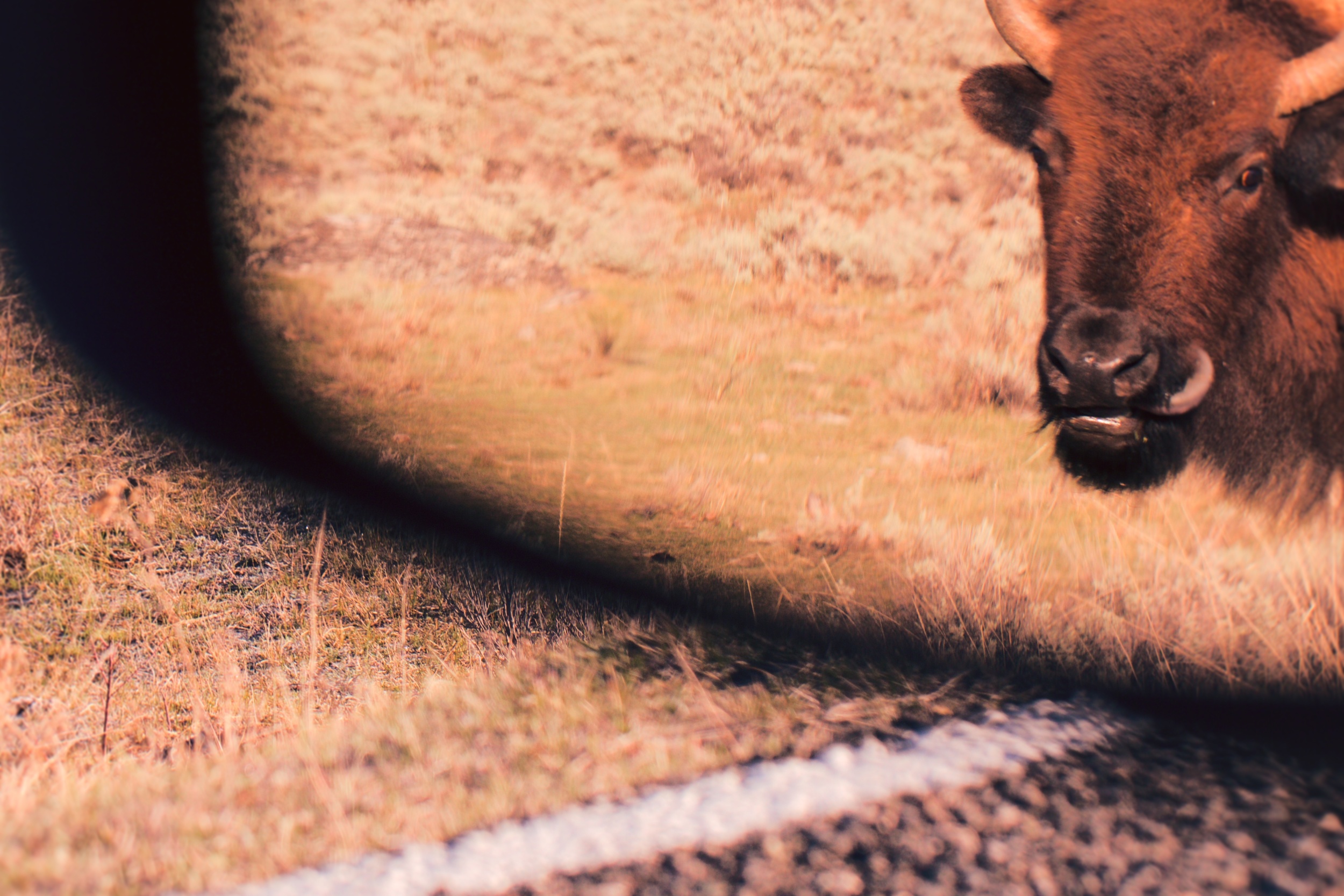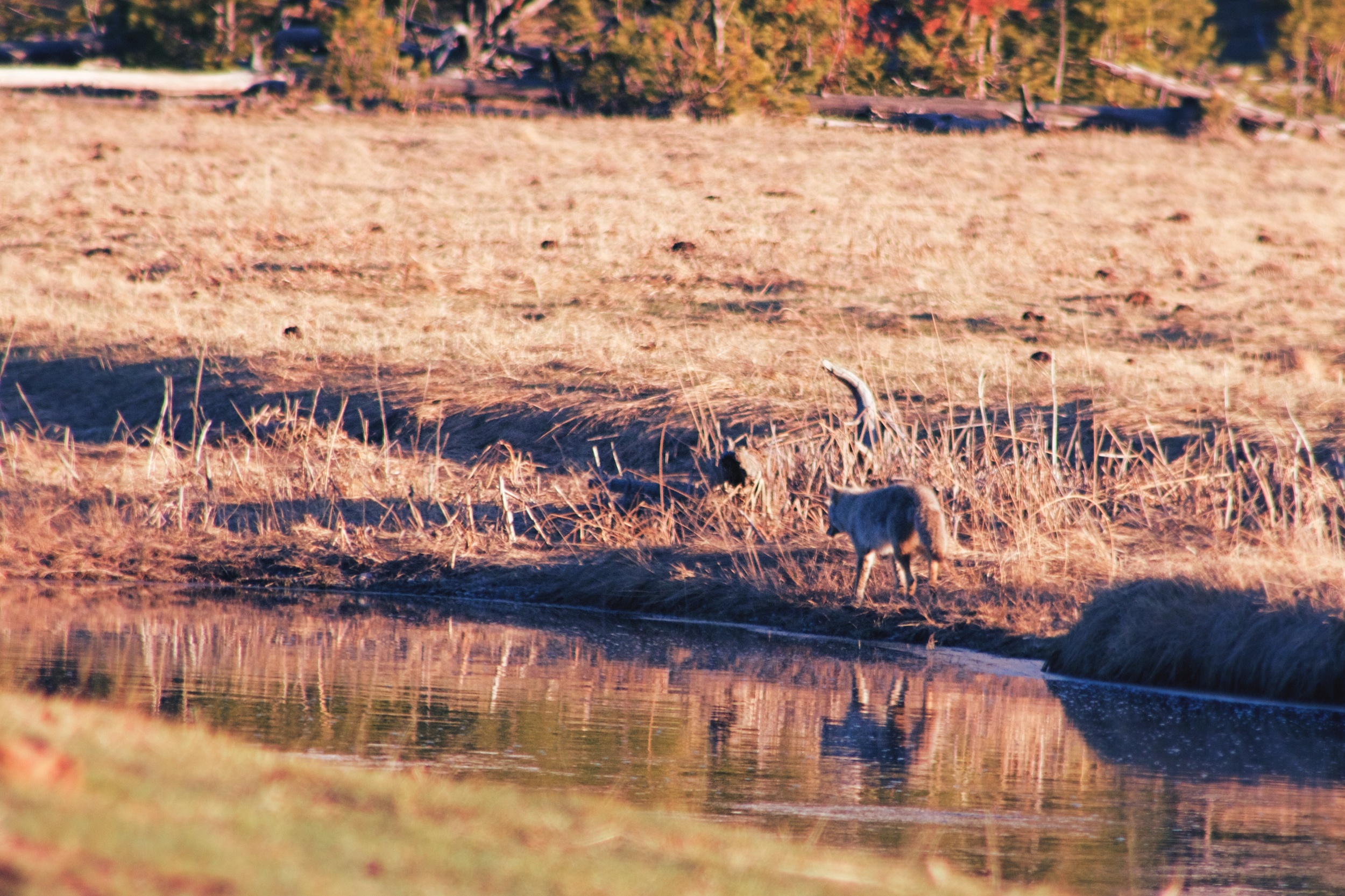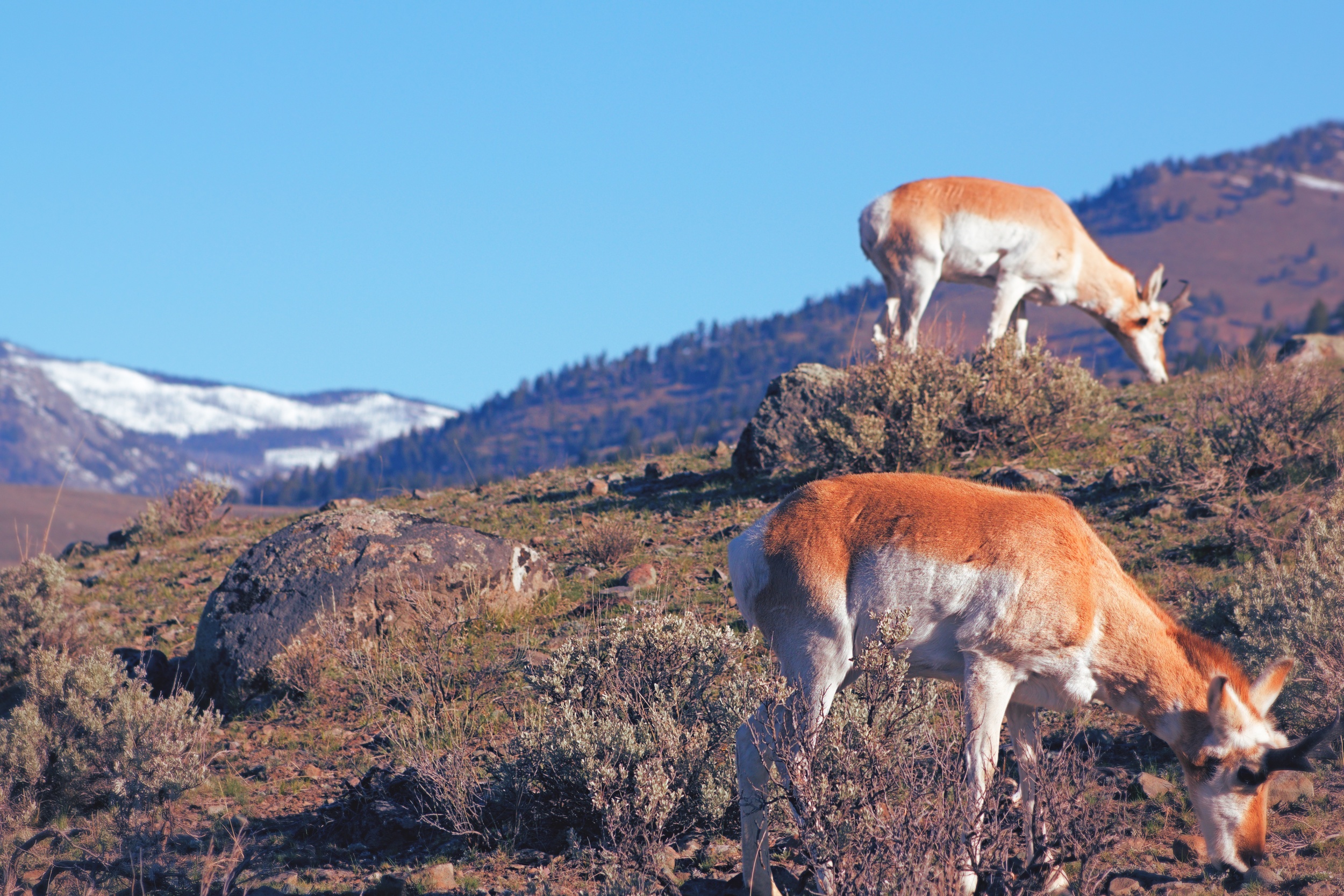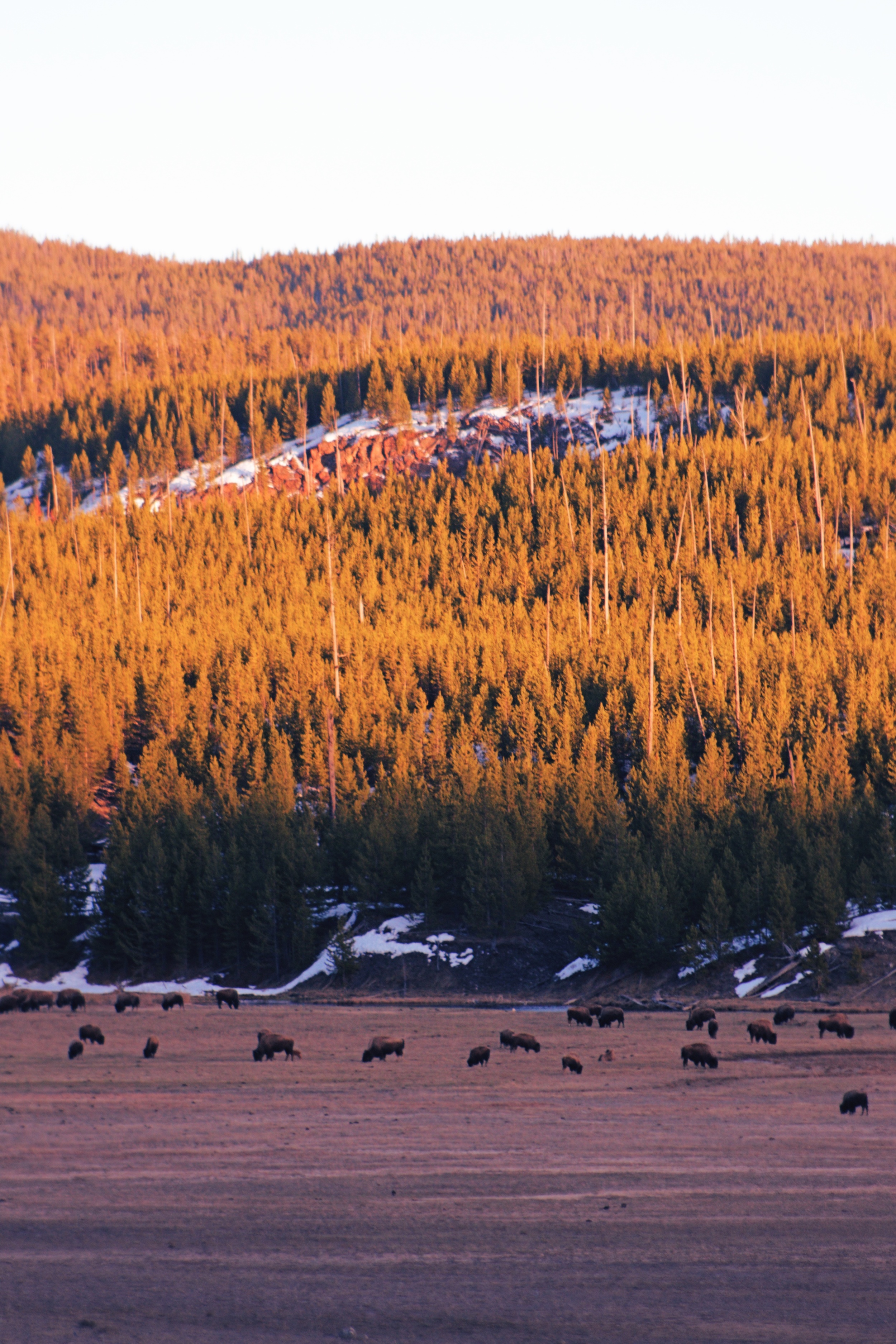WHAT TO DO BEFORE YOU LEAVE
Taking some time to prep your money before you get on the plane will save you a great deal of time and hassle when traveling internationally. Here's my checklist of pre-travel money matters.
Put the Right Cards in Your Wallet.
Bring 1 Debit Card.
The debit card is only for taking out cash from ATMs, not for making purchases. More about this later.
And 2 Credit Cards.
I always bring 1 travel credit card with no foreign transaction fees, like the Chase Sapphire Preferred Card. Not only does it give me double points on travel expenses and restaurants, it also has an embedded chip for added security and is widely used throughout European countries. There are many places that don't even accept swipe only cards since they've transitioned to the new systems to support the chip technology.
The other card is a backup card in case something happens to my primary card or I bring it along because it provides me with other perks, like a specific hotel's card that I'll be visiting or an Amex because it gets me into the airport lounges. It can really be anything, but it's always a good idea to have a backup.
Don't Own a Travel Credit Card? Get One.
I highly suggest getting one if you are a frequent traveler. Most credit cards charge a minimum of 3% for every transaction you charge outside of the US and that adds up very quickly! You are literally losing money by using it. When my husband went on our honeymoon in 2010, I didn't know any better and used my bank credit card for everything and ended up spending over $300 in fees alone! I still get frustrated when I think about it. Here's a link to the Chase Sapphire Preferred Card, my favorite travel credit card by far.
Contact Your Bank & Credit Card Companies.
Tell Your Bank You're Leaving.
It's really important to let your bank know that you are leaving the country so your card doesn't get declined for suspicious purchases. There's nothing worse than being half way around the world, trying to buy lunch and your card gets declined and you don't even have a phone to call them and tell them it's you! Calling ahead of time helps to avoid such a mess. Most banks even allow you to tell them what dates you'll be where so they can still watch out for fraudulent charges made while you travel.
Increase Your Cash Withdrawal Limit on Your ATM CARD.
Did you know that you can request increase how much cash you can take out at one time? When I travel, I increase mine to $500, that way I can go to the ATM as few times as possible. Not only is it dangerous to continuously take out wads of cash, it's time consuming and extremely expensive! Most ATM cards only allow you to take out $300 US dollars per day, which is normally perfectly fine, until you are overseas. Allow me to explain how you get completely (excuse my language) screwed every time you take money from an ATM.
- You get charged the ATM's fee, which can be upwards of $5-10 US dollars per transaction depending on how touristy of an area the ATM is located.
- You get charged your bank's fee for using a non branch ATM, which again usually costs somewhere between $3-5 US dollars.
- Then you get charged a foreign transaction fee for converting US dollars to whatever currency you are getting out. Somewhere around 3%.
- Let's add that up, shall we? Let's say you take out the max amount: $300 dollars which only equates to roughly 273 euro. You get charged a $5 ATM fee, plus your bank charges you a $3 non branch fee, plus 3% for the foreign transaction ($8). That's a minimum of $16 in charges every single time you take out $300 from an ATM! Not cool bro. Instead, just increase your ATM's limit and stop forking over so much hard earned dough to your bank.
Keep as Little as Possible in Your Checking Account.
I only keep what I need in my checking account while I travel. I try to calculate how much cash I will need to take out during my trip, what will need to be in there for automated payments/bills, plus a $500 buffer. Anything above that temporarily gets dropped into a separate savings account. Why? In the off chance that my ATM card gets stolen and hacked into, I'm losing the minimum amount of money possible. You can always transfer more in if needed, but I do suggest trying not to log into your bank account at all unless you are on a personal device with completely secure internet connectivity.
If you're a frequent traveler, you might consider getting a dummy checking account. It's essentially a second checking account that you only put money into when you travel, otherwise it stays virtually empty. This also hinders the shopaholics out there from going vacation crazy and over spending, acting like money just flows out of the Arno River (not that I could ever relate to that...).
Make Copies of All of Your Cards.
Make front and back photo copies of all of your cards. Give these copies to someone you trust at home who can locate them if something happens. If you lose your belongings or your wallet gets stolen, you'll want to have all of the contact phone numbers and card numbers ready to file a claim as quickly as possible. This just gives you piece of mind that if something bad happens, you have the documentation available to fix it quickly.
Bring $100 - $200 US Dollars in Small Bills.
It's usually a good idea to have some cash on hand when you're at airports or in case you find yourself in a pinch without an ATM in sight. I've definitely needed to exchange some money during layovers in a country I wasn't visiting, in places where only cash was accepted, but that's really it. I would absolutely not bring more than the minimum for a handful reasons.
- Most places/countries probably won't take it.
- The exchange rate for physical dollars to the local currency is outrageously terrible, especially at those colorful little booths you see in airports and major tourist areas. You can do it at an actual bank for a better rate, but you usually have to show them a passport and fill out all kinds of paperwork, which is a hassle.
- You're better off just taking money out of an ATM when you arrive.
- It's dangerous to be carrying around too much cash and it can make you vulnerable to petty theft.
WHAT TO DO WHILE YOU'RE ABROAD
So you've done everything to prepare to travel internationally with no money problems, but what's the plan while you're there? Here's my tips on when to use what and why.
Use Your Credit Card Wherever Possible.
As long as you have a card with no foreign transaction fees, using credit while traveling is the easiest and safest way to go. Credit card companies closely monitor spending, looking for suspicious behavior and it is much easier to dispute false charges than it is to get your own money back from a checking account.
Most credit cards also have added security features that make them harder to steal than a debit card. I love that I can look back on my credit card statement to see all of the charges rather than sifting through piles of receipts when I get home. It's also important to note that most travel credit cards offer travel protection and additional insurance for certain purchases and car rentals (please read your contract carefully as every card is different). This gives me great piece of mind while traveling knowing that I've got a reputable company that I can contact if something goes wrong along the way.
Always Pay In the Local Currency
When abroad, you will most likely get asked if you want to pay in the local currency or in US dollars. Be sure to always choose the local currency because you don't know what the conversion rates are set at and it's never in your favor.
Use Your Debit Card to Get Out Cash.
You can't always use your card, so you'll want to have at least some cash on hand. Like I said, I prefer to get out a larger amount of cash as few times as possible while I'm traveling. It can be worth your time to find the best ATM to use, so you may need to do a stakeout of the area. I always go with ATMs that belong to larger bank chains where possible (preferably ones outside of an actual bank branch). I also like to find the cheapest ATM around, so I will ask local shop owners if they can suggest an ATM to use or I'll even check out a few and if the fees are too high I just move on to the next one. Since you can't request small bills from an ATM, I will use my larger bills when I make bigger purchases or exchange it at my hotel, where they almost always provide you with what you need to break larger denominations.
A couple things to note:
- Be sure not to take out more than you are going to actually be able to spend or you end up buying a lot of chocolate at airport duty free stores because the exchange rate to get your US dollars back is pretty worthless. On the other hand, my mom really loves it when I pull that gigantic Toblerone out of my suitcase ;)
- Remember that you have to take into account the conversion rate, so if you have your ATM limit set at $500 US, you will need to choose an amount that similarly equates that amount in the local currency. For example, $500 US converts to only 320 British Pounds or 758 New Zealand Dollars. If you choose an amount higher than your limit, you will get denied and have to start over. To be safe, I try to estimate $30-50 lower than the exact conversion from US dollars to take into account fees and whatever exchange rate the bank is providing.
Use Cash When You Can't Use a Card
Not everyone accepts credit cards, especially internationally, so you'll definitely want to keep cash on you. Businesses have to pay extra fees to utilize credit card services, so rural areas, markets and small restaurants often won't even accept any type of electronic payment so it's important to have cash on you at all times. Having cash and exact change is also really important when bartering because credit cards show that you have more money to spend than you are saying and asking for change after talking someone down to a lower price is way less effective and can be seen as rude. I also utilize cash for tipping around the hotel, taxis and restaurants, when making small purchases like buying post cards, or when a business has a minimum spend amount in order to use my card and I am not planning on meeting it.
A FEW WHAT-NOT-TO-DOs
- DO NOT buy travelers checks - nobody does that anymore
- DO NOT exchange money before you leave the US, just get it when you get there
- DO NOT bring a ton of cash with you
- DO NOT exchange all of your money at the airport
- DO NOT carry all of your cash with you; leave what you don't need in the hotel safe with your passport and other valuables
- DO NOT use ATMs in secluded areas or at night
- DO NOT log into your bank or credit card account in an internet cafe
- DO NOT break large bills in obscure places unless you know the exact change you should receive
Well folks, that's my personal list of what I do when I travel. I truly hope that it's helpful and if you have any tips you'd like to share with me and other travelers, please leave a comment! I'd love to hear from you. Happy Travels!





